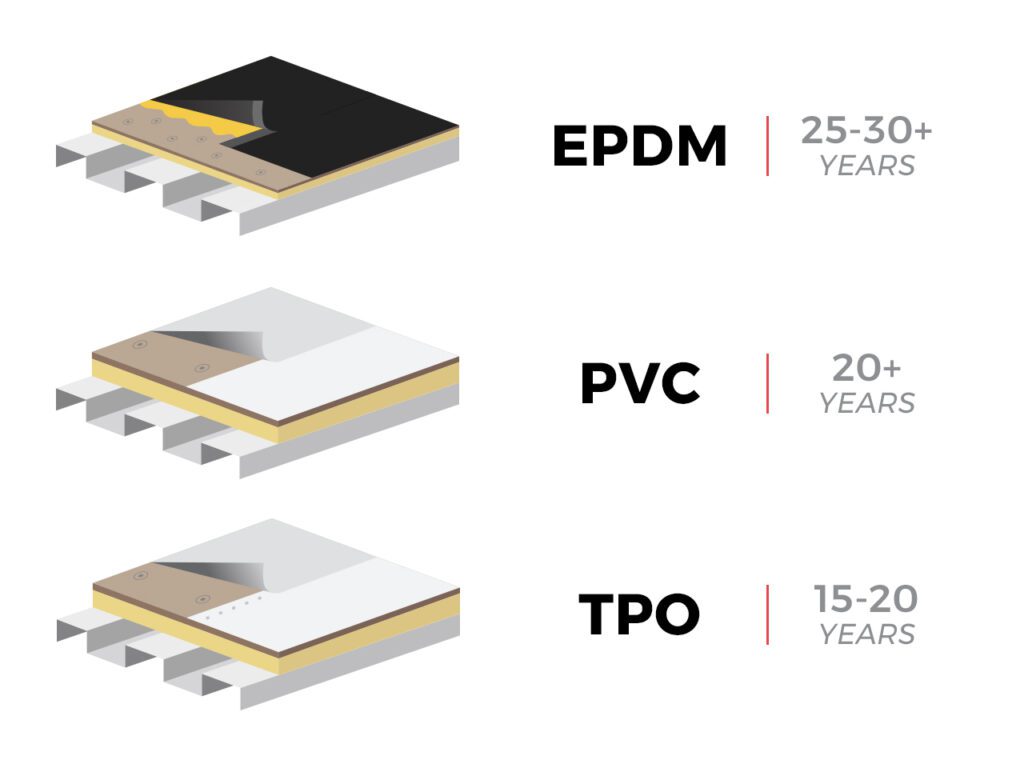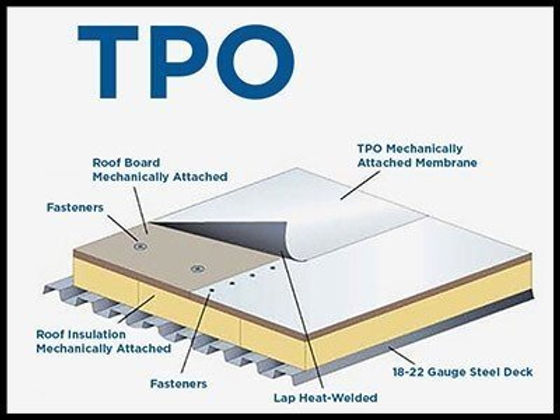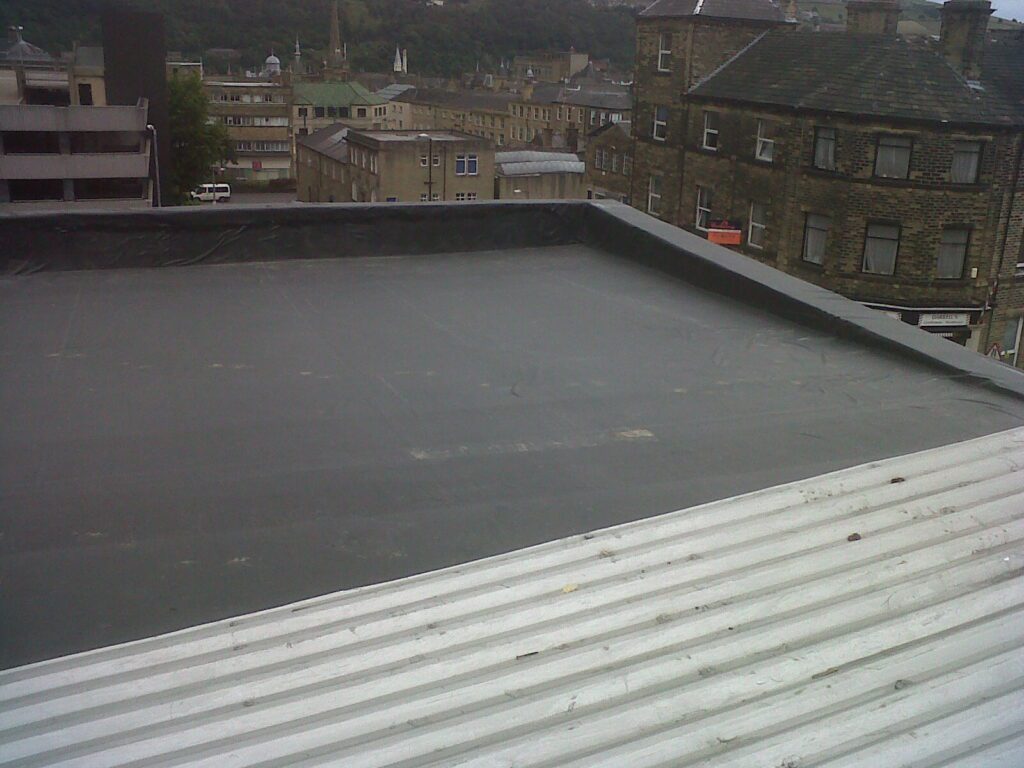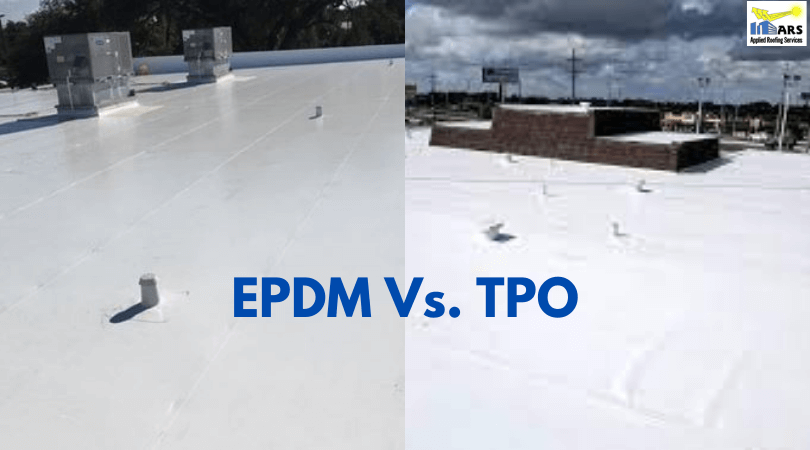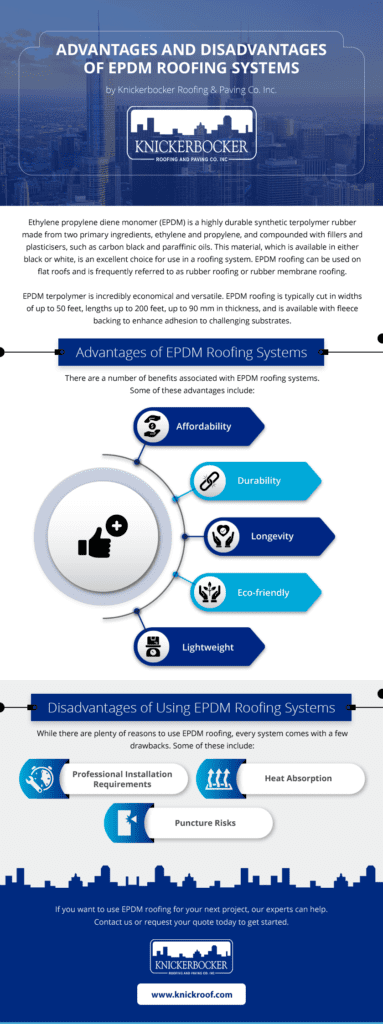Have you ever wondered how long a TPO roof can endure the test of time? If so, you’re in the right place. In this article, we will explore the lifespan of a TPO roof and uncover the factors that can affect its durability. From extreme weather conditions to regular maintenance, we’ll delve into all the essential information you need to ensure your TPO roof lasts as long as possible. So, let’s get started and discover the secrets behind a long-lasting and reliable TPO roof!
Factors Affecting TPO Roof Lifespan
Climate
One of the key factors that affects the lifespan of a TPO (Thermoplastic Olefin) roof is the climate in which it is installed. TPO roofs are designed to withstand various weather conditions, but extreme temperatures, high humidity levels, and intense sunlight can put additional stress on the material. In areas with harsh climates, such as regions with hot summers or heavy snowfall, the lifespan of a TPO roof may be slightly shorter.
Installation Quality
The quality of installation plays a crucial role in determining the lifespan of a TPO roof. It is important to choose a reputable and experienced roofing contractor who is well-versed in TPO installation techniques. Improper installation can lead to issues such as leaks, poor adhesion, and premature aging of the roof membrane. A properly installed TPO roof can significantly enhance its longevity and performance.
Roof Slope
The slope or pitch of the roof also impacts the lifespan of a TPO roof. TPO membranes are designed to be installed on roofs with a specific pitch range. If installed on a roof with a slope outside this specified range, water can accumulate, leading to ponding and potential damage to the roof membrane. Proper roof slope ensures efficient water drainage, minimizing the risk of ponding water and increasing the lifespan of the TPO roof.
Maintenance
Regular maintenance plays a crucial role in maximizing the lifespan of a TPO roof. It is recommended to schedule annual inspections by a professional roofing contractor who can identify and address any potential issues early on. Clearing debris, such as leaves, branches, and dirt, from the roof surface and gutters is essential for maintaining proper drainage. Additionally, maintaining a clean roof surface helps prevent the accumulation of moisture and organic matter that may contribute to the aging of the TPO membrane.
Foot Traffic
The amount of foot traffic on a TPO roof can impact its lifespan. Excessive foot traffic can subject the roof membrane to additional wear and tear, potentially leading to punctures, tears, and other damage. Minimizing foot traffic on the roof and taking appropriate precautions, such as using walkway pads or restricting access to authorized personnel, can help extend the lifespan of a TPO roof.
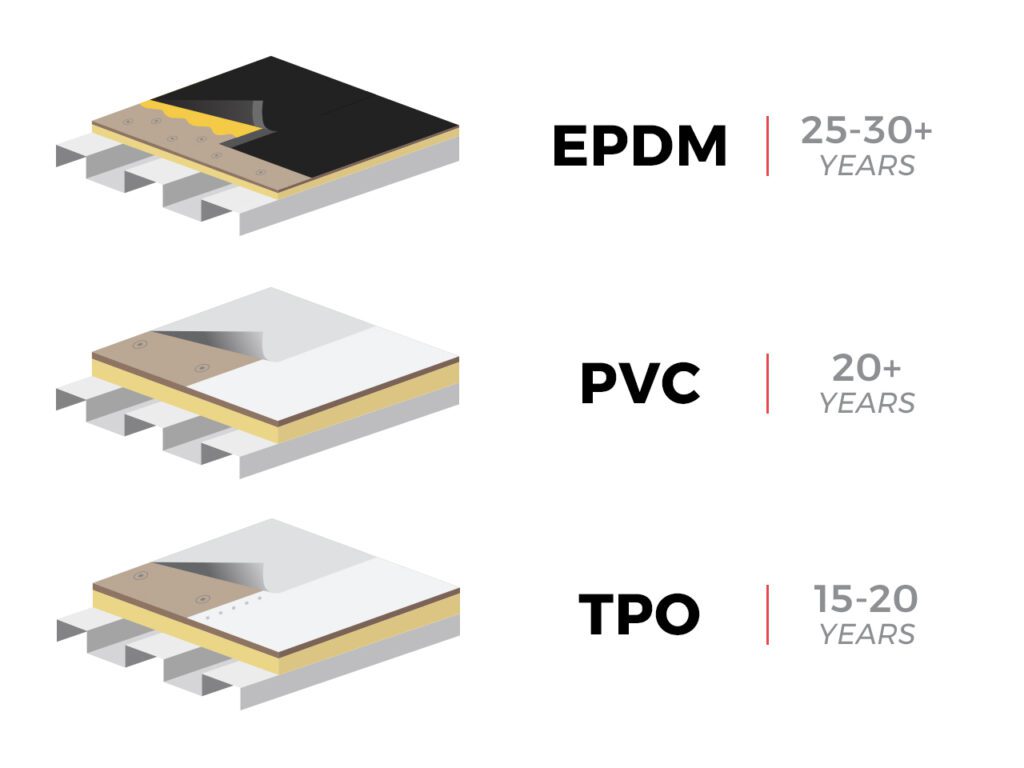

Expected Lifespan of a TPO Roof
Industry Standards
The TPO roofing industry has established some general guidelines regarding the expected lifespan of TPO roofs. On average, a properly installed and maintained TPO roof can last anywhere from 15 to 30 years. However, it’s important to note that the actual lifespan may vary based on the aforementioned factors and specific conditions at the installation site.
Manufacturer’s Warranty
Most reputable TPO roof manufacturers offer warranties on their products, which typically cover a certain number of years. These warranties serve as a guarantee of the manufacturer’s confidence in the quality and durability of their TPO roofing systems. It is important to review the terms and conditions of the manufacturer’s warranty to understand the coverage provided and any maintenance requirements necessary to maintain the warranty’s validity.
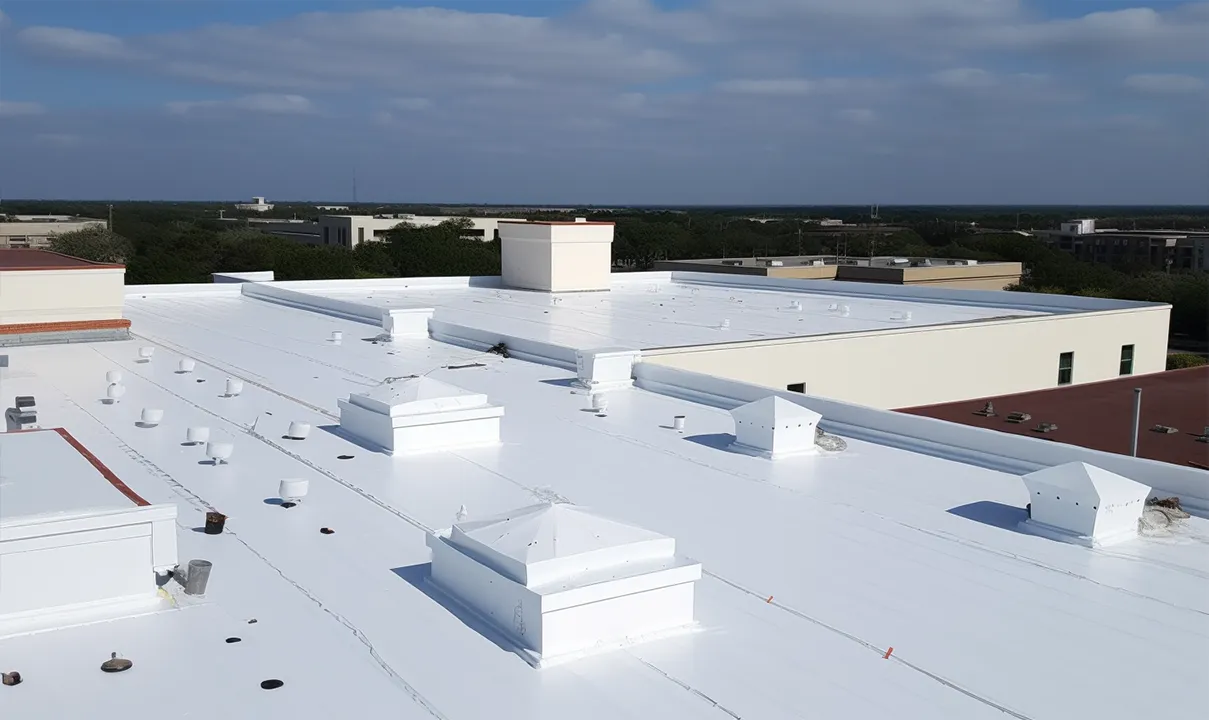

Signs of TPO Roof Aging
Blisters and Bubbles
One of the signs that a TPO roof may be aging is the appearance of blisters and bubbles on the surface of the membrane. Blisters are caused by the accumulation of moisture between the TPO membrane and the underlying layers. Over time, these blisters can expand and lead to the separation of the membrane from the roof substrate, potentially causing leaks and further damage.
Cracks and Tears
As a TPO roof ages, it may develop cracks and tears in the membrane. These can be caused by a variety of factors, including extreme weather conditions, foot traffic, and improper installation or maintenance. Cracks and tears compromise the integrity of the roof, allowing water to penetrate and potentially causing interior damage to the building.
Wear and Granule Loss
Another sign of TPO roof aging is visible wear and granule loss on the roof surface. Over time, exposure to the elements and foot traffic can cause the TPO membrane to wear down, resulting in the loss of its protective granules. This can expose the underlying layers of the membrane, making it more susceptible to damage and reducing its lifespan.
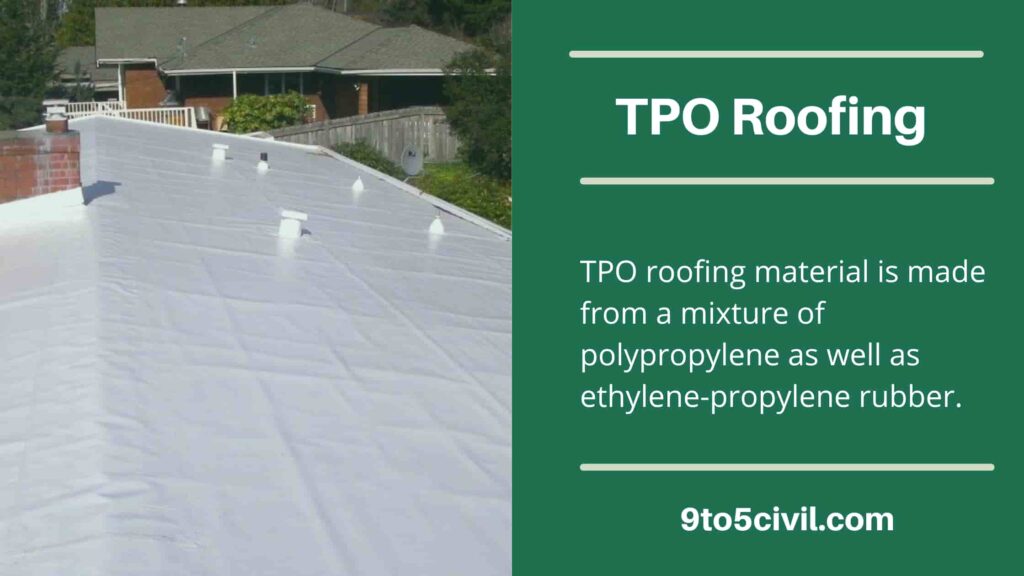

Extending the Lifespan of a TPO Roof
Regular Inspections and Maintenance
To extend the lifespan of a TPO roof, regular inspections and maintenance are crucial. Hiring a professional roofing contractor to conduct annual inspections allows for the timely identification and repair of any issues before they worsen. Routine maintenance tasks, such as clearing debris from the roof surface and gutters, can help prevent the accumulation of moisture and prolong the life of the TPO membrane.
Proper Cleaning Procedures
Proper cleaning procedures are essential for maintaining the longevity of a TPO roof. It is important to use gentle cleaning methods, such as low-pressure washing, to avoid damaging the membrane. Harsh chemicals and abrasive cleaning tools should be avoided, as they can cause deterioration of the TPO material. Following the manufacturer’s recommendations for cleaning products and methods can help ensure a safe and effective cleaning process.
Repairing Damage Promptly
Promptly addressing any damage or issues that arise is crucial in extending the lifespan of a TPO roof. Whether it’s repairing a small tear or addressing a leaking area, taking immediate action helps prevent further damage and potential leaks. Regular inspections can help identify these issues early, allowing for timely repairs to be made.
Proper Drainage and Gutter Maintenance
Maintaining proper drainage and gutter systems is essential in extending the lifespan of a TPO roof. Ensuring that gutters and downspouts are clear of debris and functioning properly allows for efficient water flow and reduces the risk of ponding on the roof. Proper slope and layout of the drainage system help prevent water from accumulating, which can lead to premature aging and deterioration of the TPO membrane.
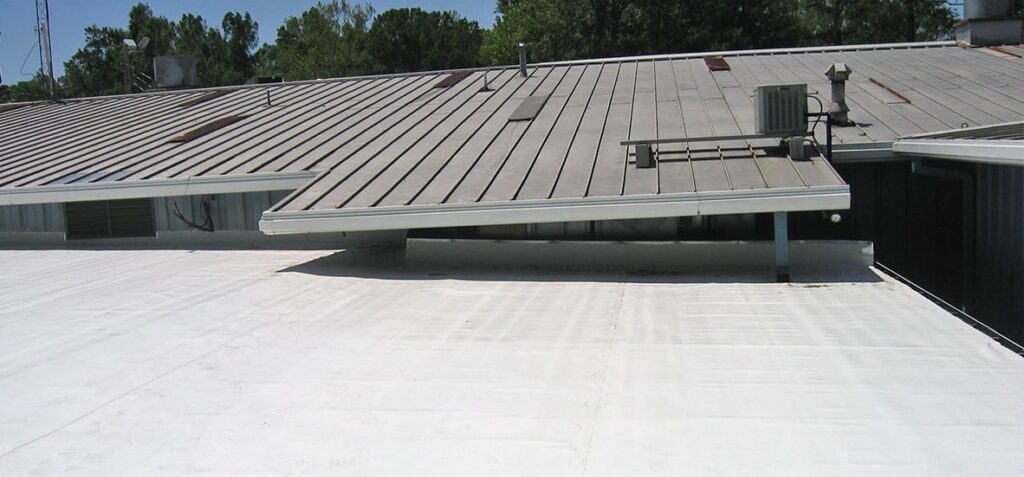

Replacing a TPO Roof
Determining When Replacement is Needed
Despite regular maintenance and care, there may come a time when a TPO roof needs to be replaced. Several factors can contribute to this decision, including the age of the roof, the extent of damage or wear, and the cost-effectiveness of repairs. Consulting with a reputable roofing contractor can help determine when replacement is necessary to ensure the safety and integrity of the building.
Choosing the Right Roofing Contractor
When it comes to replacing a TPO roof, choosing the right roofing contractor is crucial. Look for a contractor who specializes in TPO roofing and has a proven track record of successful installations. Checking references, reviewing past projects, and verifying licenses and certifications are essential steps when selecting a roofing contractor. A reputable contractor will provide guidance and expertise throughout the replacement process, ensuring a high-quality and long-lasting TPO roof.



